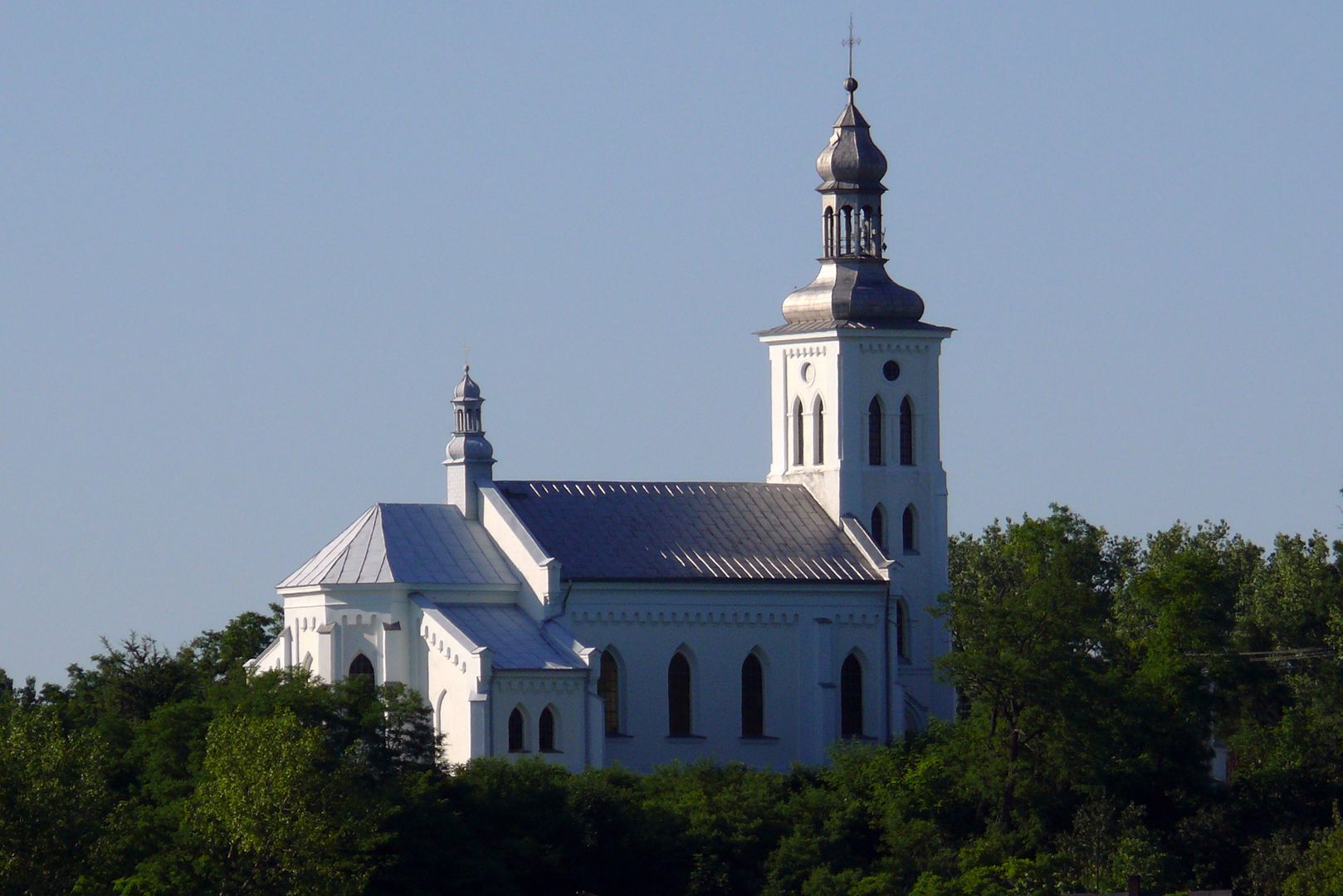Chełmno
6.29

Overview
Chełmno, also known as Chełmno nad Nerem, is a village in Poland located in the Greater Poland Voivodeship, within Koło County, in the administrative district of Dąbie. The history of Chełmno dates back to the 12th century, when the settlement was owned by the Archbishops of Gniezno. In 1941, the Germans established the Kulmhof extermination camp here, which became one of the primary sites of the Holocaust. A distinctive feature of Chełmno is the eclectic Church of the Nativity of the Blessed Virgin Mary, built in 1875 and designed by engineer Ignacy Miłobędzki. The church's interior is adorned with an altar featuring the image of Our Lady of Częstochowa. During World War II, the church was the site of brutal atrocities, as the Germans used it as a "undressing station" for Jews. After the war, Chełmno remained a place of remembrance, honoring the victims of the extermination camp. The site of the former camp now houses a museum and a monumental memorial from 1964, symbolizing the martyrdom of the prisoners. The memorial is supported by five pyramids and decorated with a bas-relief depicting scenes from the victims' lives. Nearby, there is a lapidarium with fragments of tombstones from the destroyed Jewish cemetery in Turek, as well as a Wall of Remembrance dedicated to the victims of the Holocaust. Chełmno is an important landmark on the map of World War II memorial sites, and its history serves as a reminder of the tragic events and suffering endured by many people. Today, Chełmno is not only a place for reflection on the past but also an example of eclectic architecture and a commitment to preserving historical memory.
Location
2025 Wizytor | All Rights Reserved